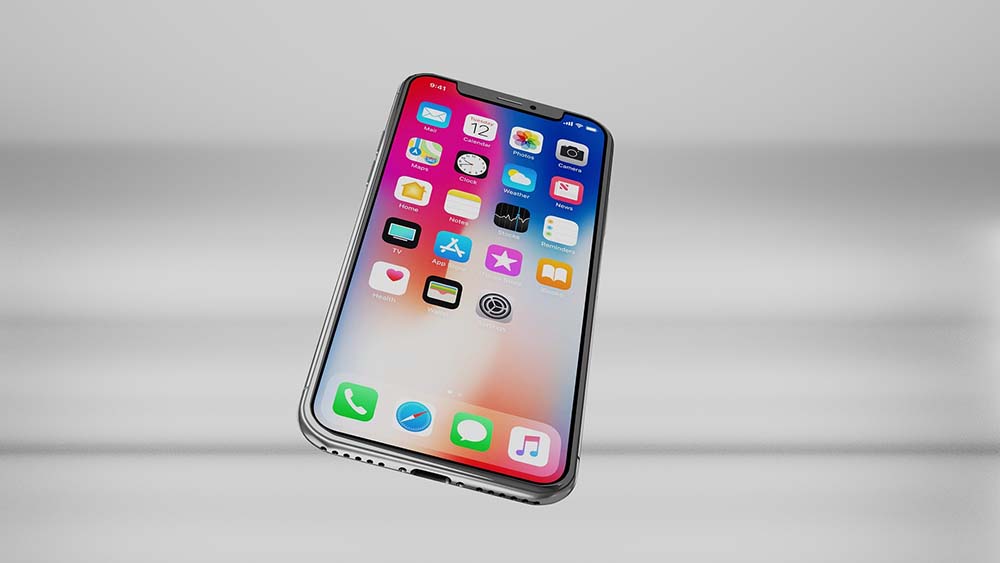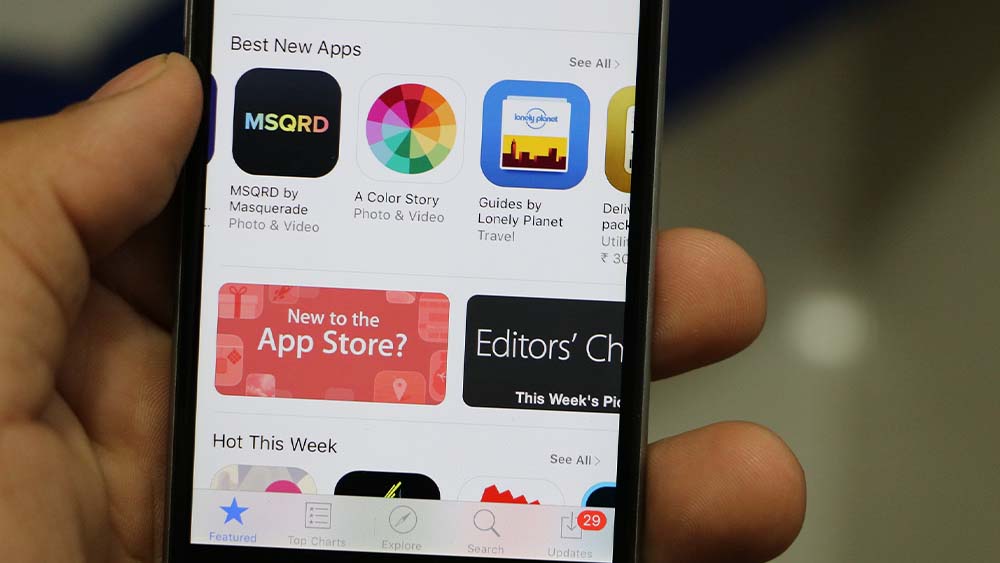iOS is Apple Inc.’s mobile operating system, powering devices such as the iPhone, iPad, and iPod Touch. Since its initial release in 2007, iOS has transformed mobile technology, setting standards for user interface, privacy, performance, and mobile app development. This article dives deep into the history, features, architecture, and influence of iOS, explaining how it has shaped the mobile ecosystem as we know it.
The Origins of iOS: A New Way to Interact with Mobile Devices
iOS was first introduced in 2007, alongside the release of the original iPhone. Originally called iPhone OS, the software was developed specifically for touch-screen mobile devices, allowing users to interact directly with their device by tapping, swiping, and pinching the screen. This was revolutionary at the time, as most phones relied on physical keyboards and buttons.
In 2010, Apple officially rebranded iPhone OS to iOS with the release of the iPad. This change reflected the operating system’s compatibility with a growing range of Apple devices. iOS is built on a Unix-based foundation, specifically derived from macOS, Apple’s desktop operating system, ensuring the reliability and stability that Apple is known for.

Key Features of iOS: What Sets It Apart
iOS is designed to deliver a user-friendly and seamless experience. Some of its key features include:
1. App Store and the Ecosystem
One of iOS’s most transformative aspects is the App Store, launched in 2008. This marketplace allowed developers to create and distribute apps easily, quickly expanding the functionality of iOS devices. Today, the App Store has over 2 million apps across a variety of categories, such as productivity, gaming, social media, and health. This ecosystem is tightly controlled by Apple, which ensures high standards for quality and security.
2. User Interface (UI) Design
iOS is known for its clean, intuitive interface. Touch gestures like swiping, pinching, and tapping make navigating the device easy, even for first-time users. Apple’s Human Interface Guidelines influence iOS app design, ensuring that apps have a consistent look and feel across the platform. Each iOS update brings subtle improvements to icons, animations, and user interactions to keep the design fresh and modern.
3. Security and Privacy
Apple places a strong emphasis on security and privacy in iOS. With features like Face ID and Touch ID, users can securely unlock their devices and authenticate payments. iOS also provides options for app permissions so users can control the data each app can access. With regular security updates and a closed ecosystem, iOS has a strong reputation for being one of the most secure mobile operating systems.
4. Siri and AI Integration
Introduced in 2011, Siri is Apple’s virtual assistant, embedded into iOS and integrated with many of its core apps. Siri can perform tasks, answer questions, set reminders, and more. Apple has steadily improved Siri over the years, incorporating machine learning and AI to make the assistant more efficient and capable.
5. Continuity and Cross-Device Functionality
iOS integrates seamlessly with Apple’s other products. With features like Handoff, AirDrop, iCloud, and Continuity, users can switch between devices effortlessly. For example, a user can start writing an email on their iPhone and finish it on their MacBook without saving drafts or transferring files manually.
6. Regular Updates and Backward Compatibility
Apple is known for rolling out iOS updates to a wide range of its devices, even older models. Each year, a major iOS update introduces new features and enhancements. Apple’s focus on backward compatibility means that many devices—sometimes up to 5 years old—still receive the latest iOS updates, allowing users to keep their devices secure and functional for longer.

The Architecture of iOS: Layers and Components
iOS is a highly structured operating system designed for efficiency, security, and performance. It is divided into multiple layers, each responsible for specific aspects of the system’s functionality.
1. Core OS
The Core OS layer is the foundation of iOS. It provides the low-level functionality that underpins the entire system, such as memory management, threading, and networking. This layer is responsible for the fundamental capabilities of iOS and interacts directly with the device’s hardware.
2. Core Services
This layer provides essential services and frameworks, including iCloud storage, location services, and database access. Core Services make it easier for developers to build apps by offering APIs (application programming interfaces) that streamline complex functionalities, like retrieving user locations or storing files securely in iCloud.
3. Media Layer
The Media layer handles graphics, audio, and video capabilities in iOS. It includes frameworks like Metal for 3D graphics, AVFoundation for audio and video, and Core Image for image processing. The Media layer is crucial for developers creating apps that rely on rich multimedia experiences, such as games or photo-editing software.
4. Cocoa Touch
At the top layer, Cocoa Touch provides the essential frameworks for building iOS apps. This includes the UIKit framework, which provides the UI elements and event-handling capabilities that are fundamental to iOS apps. It also encompasses gesture recognition, notifications, and data sharing between apps.
iOS Development: Building Apps for a Unique Ecosystem
Developers use Apple’s Xcode environment and the Swift programming language (introduced in 2014) or Objective-C to create iOS applications. Apple offers extensive resources, including APIs, documentation, and libraries, to streamline the development process. iOS’s unified development environment and rigorous guidelines ensure that apps are optimized for both performance and design, creating a seamless experience for users.
The Importance of Swift
Swift has become the primary language for iOS development because of its speed, safety features, and readability. It allows developers to write efficient, secure code quickly, making it an ideal choice for building iOS applications. Swift also enhances app performance, as it is specifically optimized for Apple’s operating systems.
App Store Review Process
Before an app can be made available on the App Store, it must go through Apple’s app review process, ensuring compliance with guidelines that prioritize user experience, privacy, and security. While the review process can be stringent, it maintains the quality of apps on the App Store and protects users from harmful or low-quality apps.
The Evolution of iOS: Major Milestones and Features
Over the years, iOS has undergone many updates, each bringing new features and improvements. Here are some of the key milestones in the evolution of iOS:
- iOS 2 (2008): The introduction of the App Store revolutionized the mobile ecosystem by enabling third-party app development.
- iOS 4 (2010): Multitasking capabilities were introduced, allowing users to switch between apps seamlessly.
- iOS 5 (2011): The launch of iCloud allowed users to back up and sync data across Apple devices. This update also introduced iMessage and Notification Center.
- iOS 7 (2013): A major visual overhaul, introducing a flat, modern design language and adding Control Center for quick access to essential settings.
- iOS 10 (2016): Improved Siri integration, allowing third-party app developers to use Siri in their apps, and introduced HomeKit for smart home control.
- iOS 14 (2020): Major changes to the home screen with widgets and the App Library for organizing apps, along with enhanced privacy settings.
- iOS 17 (2023): The latest updates in iOS 17 include Live Voicemail, interactive widgets, new Contact Posters for customizing contact images, and NameDrop for quick sharing of contact information.
Each of these updates has not only enhanced the user experience but also set standards that influenced other mobile operating systems, particularly Android.
iOS vs. Android: A Comparison of Ecosystems
iOS and Android are the two dominant mobile operating systems. While both offer unique benefits, iOS is often preferred for its focus on:
- Security and Privacy: Apple’s closed ecosystem allows it to tightly control app security and user data privacy. Android, while highly customizable, has faced challenges with app security and malware.
- User Experience: iOS is known for its consistency across devices, providing a seamless user experience. Android is more flexible but can vary significantly between manufacturers, resulting in inconsistent performance and user experience.
- Integration with Apple Ecosystem: iOS offers seamless integration with Apple’s ecosystem, including Macs, iPads, Apple Watch, and Apple TV. This level of cross-device functionality is unmatched by Android, which is supported by a broader range of manufacturers.
iOS Today: A Platform for the Future
Today, iOS continues to set the bar for mobile operating systems. As Apple explores new areas such as augmented reality (AR) and healthcare, iOS evolves to accommodate these cutting-edge technologies. Features like ARKit have enabled developers to create AR experiences on iOS devices, allowing users to interact with virtual objects in real-world environments. Similarly, health and wellness features are increasingly prominent in iOS, supporting Apple’s efforts to position its devices as essential tools for personal health management.
Conclusion: The Legacy and Future of iOS
From its beginnings as iPhone OS in 2007 to its role as an essential part of Apple’s ecosystem, iOS has revolutionized the way we interact with mobile devices. With every update, Apple not only introduces new features but also redefines industry standards for design, privacy, and performance.
As mobile technology continues to advance, iOS is poised to integrate even more innovative features, such as enhanced AI capabilities, expanded AR functionality, and more tools for personal health and wellness. Apple’s commitment to security, quality, and user experience ensures that iOS will remain at the forefront of mobile technology, continually shaping the digital landscape.
With iOS, Apple has achieved what many technology companies strive for: a harmonious balance of usability, security, and ecosystem connectivity. As we look forward, the future of iOS holds exciting possibilities for users, developers, and the tech industry at large, reinforcing Apple’s role as a leader in the evolution of mobile experiences.
